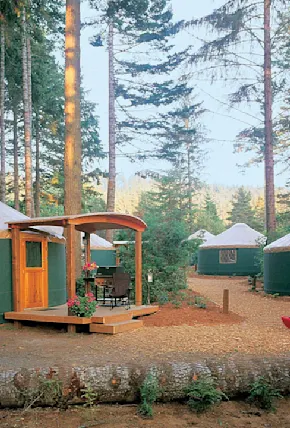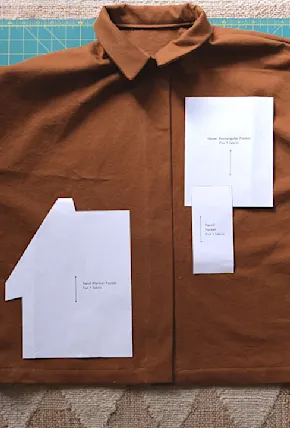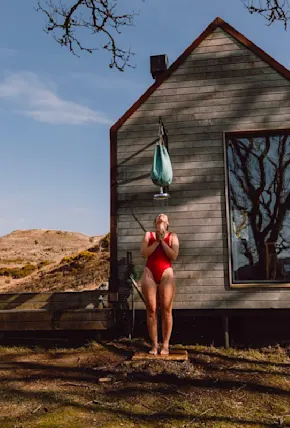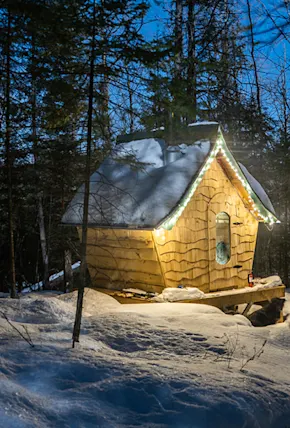SPACE10, a Copenhagen-based research and design studio supported by interiors-giant IKEA, recently released their smallest modular architecture project yet-a condominium for bees. In collaboration with interior and industrial designer Tanita Klein and digital design studio Bakken Bæck, the Bee Home project allows users to design then download detailed plans for their own DIY bee home-all for free. These homes—not hives—aren’t for honeybees, but the solitary bee, an unsung hero of the pollinator world.
In the past years, there’s been a growing understanding of the critical role pollinators play in the organic ecosystem and how our built environment has either destroyed or dramatically shifted the bee’s natural habitat. Many think of honeybees when it comes to these discussions, but solitary bee species, which range from Leafcutters, Mason bees, Sweat bees and more make up 90% of the bee population.












